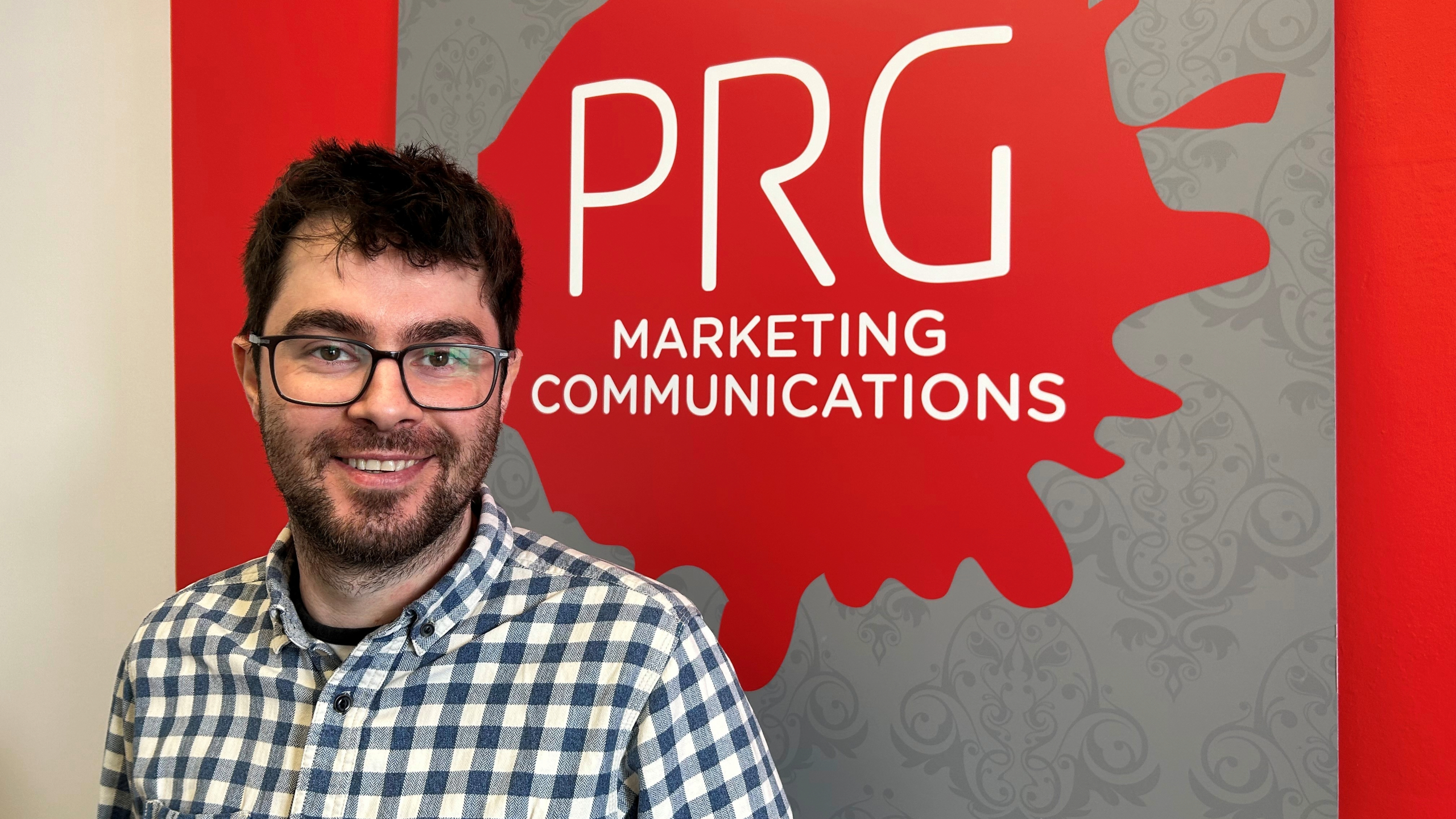
You only need to think about Phillip Schofield with We Buy Any Car.com to see how powerful a partnership can be. As well as the TV ads and social media content, they have also integrated Phillip into their brand’s strapline, changing it to “So Quick. So Simple. So Schofield.” To really make him a centre piece of their brand, who wouldn’t want one of the UK’s most loved celebrities as the face of their business?
But celebrity endorsement doesn’t come cheap, with some celebrities charging 10s of thousands of pounds for putting their name and face to a brand. Today there’s a new type of celebrity on the block, and one that can be an integral part of your marketing plans, and for a fraction of the cost. Social media influencers are the modern-day celebrity, with some having followings of millions of fans, they do exactly that, they influence people. If used correctly then social media influencers can expose your product to thousands of people that would be very interested in your products or service. So, what do you need to know about influencers?
What type of influencers are out there?
There are a few types of influencers available:
Mega-influencers
These are the big-time influencers. People like Kendall Jenner and Kim Kardashian who both have over 150,000,000 followers each on Instagram and would cost hundreds of thousands of pounds each to partner with. Undoubtedly though, with this cost you get your message in front of millions of people, but you need some pretty deep pockets to be dealing with them.
Macro-influencers
Macro-influencers have a follower base of between 100,000 and 1,000,000 people. These smaller audiences can work in your favour as they are more targeted and can have a better engagement rate with the influencer as they have more of a cult following rather than being a global superstar. Along with a more targeted follower base and potentially better results, it won’t cost as much to partner with a macro-influencer than it would with a mega-influencer, meaning you can get even more value for money.
Micro-influencers
These influencers have a smaller following of 1,000 – 10,000 followers. These audiences are smaller, yes, but can also be extremely defined and can drive very high engagement. At PRG Marketing Communications, we have organised a couple of launch events in recent months and invited micro-influencers along to help promote our clients’ brands. Micro-influencers can also be a great option if you are working on a small budget as they won’t cost as much as the mega or macro influencers; some are willing to work with you for just a free product or service rather than a fee.
How do I find an influencer?
There are a few ways of finding an influencer. You can get dedicated database programmes for finding your ideal, such as Upfluence or HypeAuditor. These are paid 3rd party programmes that give you access to their database of influencers, you can search by location, follower count, industry and more to find your perfect influencer.
Alternatively, you can research yourself and contact them directly! You can search for posts on platforms by location or look through hashtags that would be relevant to your desired promotion. If you’re looking for a vegan food blogger on Instagram, for instance, then search hashtags like #veganfoods or #veganrecipes and check out the profiles posting the content. At PRG Marketing Communications, we have done this before and found it very effective.
You could also ask around. A lot of teenagers and young adults (15–25-year-olds) will be able to name influencers off the top of their head. Many of them are engulfed in the world of social media as they have grown up with it, so don’t be afraid to just ask who they follow on social media.
Which influencer is right for me?
One of the main things we would recommend before partnering with an influencer is seriously considering who your audience is. If your product or service isn’t tailored towards the influencer’s audience, then you are wasting your time and money.
As tempting as it is to go with one of the biggest influencers about, we would probably avoid this (unless budget isn’t an issue!) The bigger influencers, although boasting hundreds of millions of followers, can tend to have a very unengaged audience. Looking at Kim Kardashian’s Instagram, she has (at the time of writing) 257,000,000 followers, but her posts get, on average, 5,000,000-6,000,000 likes. As huge as that number is, that’s only 2-2.5% of her follower base.
Let’s compare this to a smaller influencer. Brandon Smith, @bsmith_esports on Instagram, is an esports commentator and streamer. He is a Brighton and Hove Albion fan and has recently worked with the likes of Turtle Beach. At the time of writing this, Brandon has 78,000 followers, and his posts average around 6,000 likes. This leads to an engagement rate of around 7-8%, although that isn’t as many likes as someone like Kim Kardashian, his followers are nearly four times more engaged with him and his content, which is exactly what you want, more of their audience listening to you for a lower cost.
They also have very different audiences! If you’re looking to promote something beauty or fashion related in the USA, Kim Kardashian’s audience is much better for you, if your product or service is related to football or video games in the UK, Brandon is your man. Always think about the audience’s location and interests.
So, to answer the question we asked at the beginning: Should influencers be a part of your digital marketing plan? In short, yes! Just make sure you do your research, choose a relevant influencer and ensure they know what sort of content you want.

